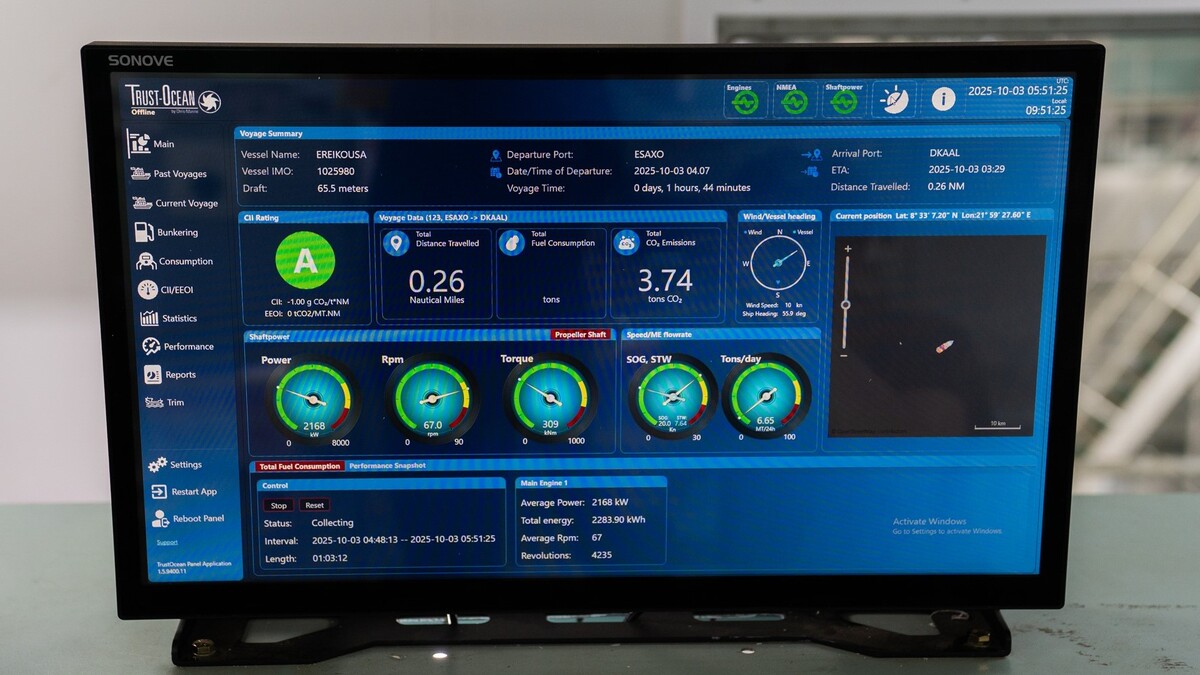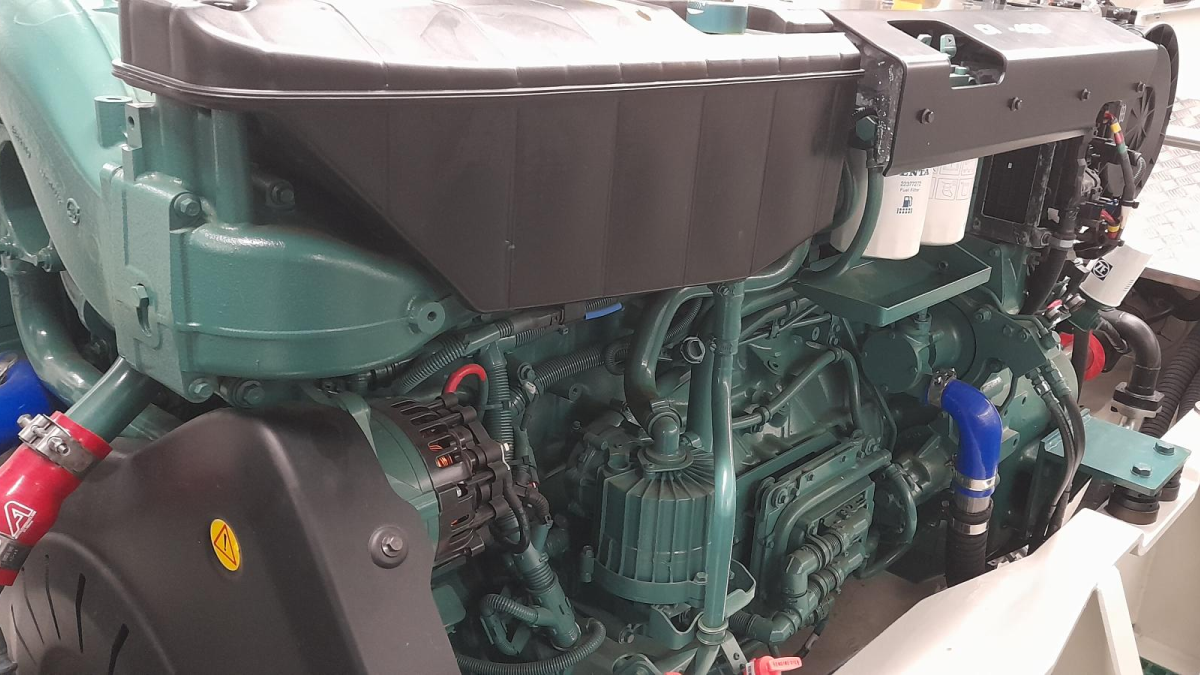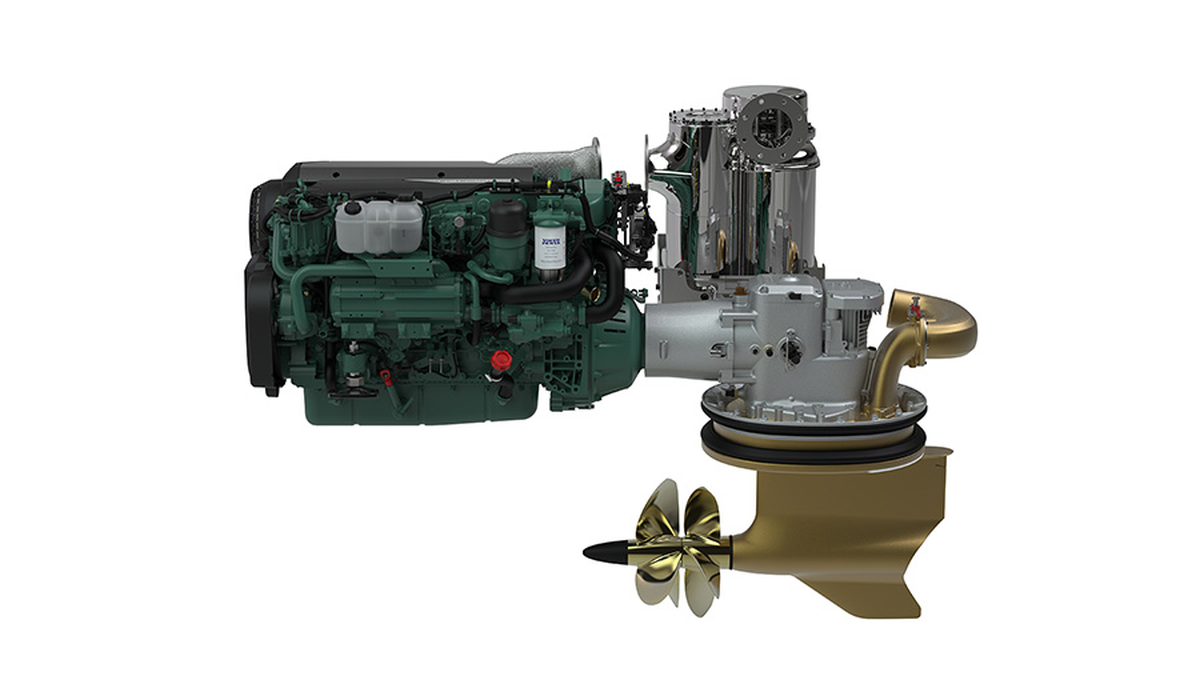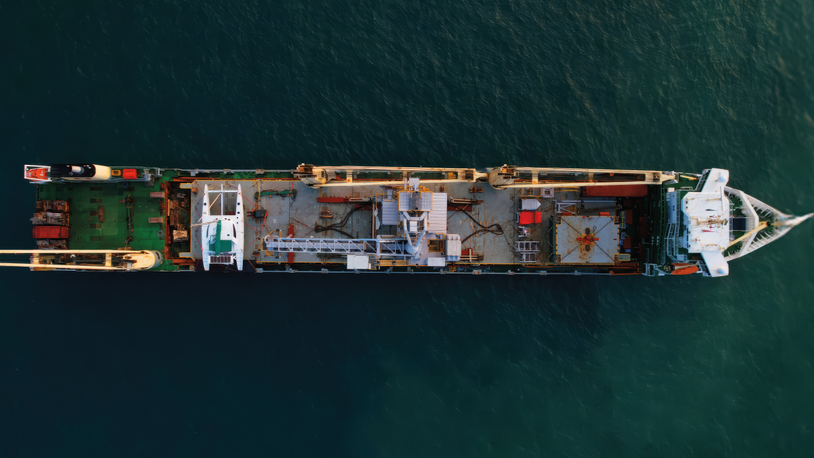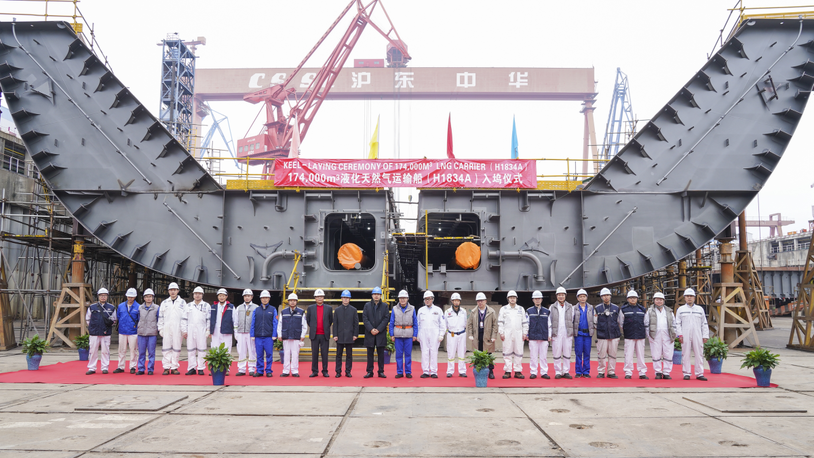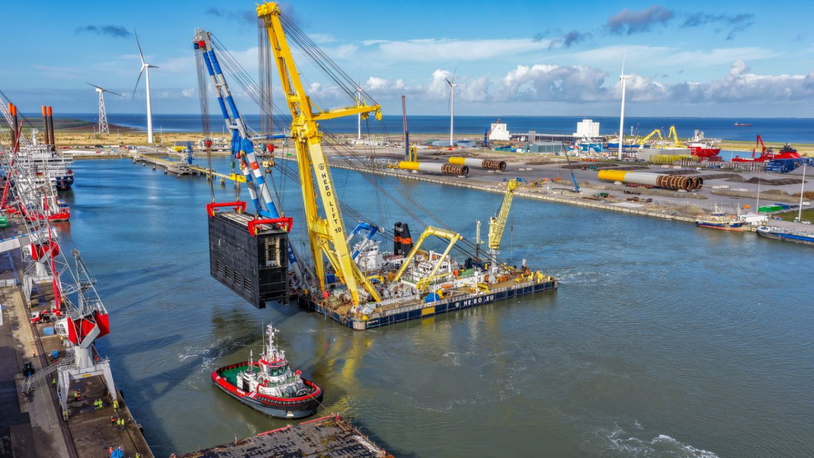Business Sectors
Events
Ship Recycling Webinar Week
Contents
Register to read more articles.
Engines unveiled for IMO Tier III-compliant workboats
Scandinavian engine manufacturers have introduced IMO Tier III-compliant engines as part of integrated propulsion packages
Volvo Penta expanded its range of IMO Tier III-compliant engines as part of an integrated propulsion package including an azimuth propeller.
It has introduced D8 propulsion packages with aftertreatment to minimise NOx emissions for workboats, harbour craft, offshore support vessels, search and rescue boats and passenger ferries. Volvo Penta offers these engines for D8 IPS-600, D8 IPS-650 and D8 IPS-700 propulsion packages and D8 450, D8 510 and D8 550 engines.
Its new D8 IMO III solutions come with selective catalytic reduction (SCR) technology and feature six-cylinder, 7.7-litre diesel engines that can provide power up to 405 kW and generate up to 550 hp. They use common-rail fuel injection and twin-entry turbo with charge air cooling.
Volvo Penta director of marine commercial Jan-Willem Vissers said this low-emissions engine package was introduced as small high-speed vessels need to comply with IMO Tier III in emission control areas.
In an SCR, urea is combined with exhaust gases in the reaction unit through the integrated urea injector pipe. Level sensors work together with a dosage pump in the urea day-tank to control urea quantities delivered to the SCR to maintain IMO Tier III emissions levels. The SCR unit can be installed in either a vertical or horizontal position, due to the seamlessly rotating outlet.
Volvo Penta said the D8 IMO III range is ideal for commercial workboats of around 15-m class, built to travel at 20 to 40 knots and withstand tough conditions. It can be paired with Volvo Penta IPS and twin counter-rotating propellers for propulsion and manoeuvrability, as it is on new crew transfer vessels (CTVs) MHO Balder and MHO Boreas.
On these CTVs, eight Volvo Penta D8 engines are combined with Danfoss EM-PMI375 T1100 motors for power generation, with four Danfoss EM-PMI540-T3000 propulsion motors and four modules of Dolphin batteries.
These provide power to four Volvo IPS30 azimuth propellers in an integrated hybrid propulsion system.These CTVs have a maximum speed of 25 knots and a range when transiting at 15 knots of 3,800 nautical miles.
MHO Balder was moored at the Seawork exhibition in Southampton, UK.
Scania has introduced a hybrid propulsion drivetrain for fast workboats, harbour craft and ferries including its latest DI16 engines, battery packs, electric motors, SCR for IMO Tier III compliance and waterjets.
The first of these packages, although without the aftertreatment module for IMO Tier III, was installed on a pilot-patrol boat built in Sweden with hybrid propulsion, and presented at the Seawork exhibition.
An M17 class interceptor vessel was built by Marell Boats with two V8 DI16 engines, with 820 kW of power and electric motors of 230 kW rating, plus Scania battery modules with combined capacity of 400 kWh. These are installed port and starboard on the vessel, each to provide power to a water jet rated for 1,050 kW of power.
Marell said its M17 vessels have an overall length of 17 m, a beam of around 5 m, a draught of 1 m, can carry up to 35 passengers at 35 knots maximum speed and have an operational range of 1,000 nautical miles.

Maritime Decarbonisation, Europe: Conference, Awards & Exhibition 2024address critical environmental issues head-on. Focused on the industry’s energy transition, the conference offers a comprehensive forum for stakeholders across the maritime sector to explore solutions and strategies for achieving low-carbon shipping and zero-emission shipping
Related to this Story
Events
Ship Recycling Webinar Week
International Bulk Shipping Conference 2025
Tankers 2030 Conference
Maritime Navigation Innovation Webinar Week
© 2024 Riviera Maritime Media Ltd.

